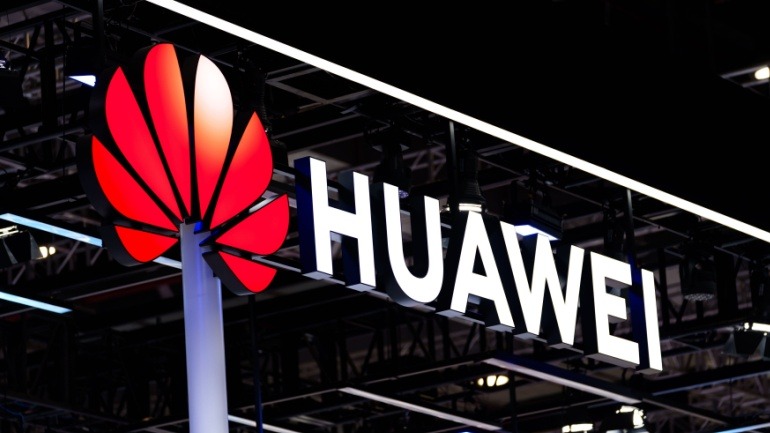July 2023 marked a significant milestone in the telecommunications industry, as China Telecom Research Institute and Huawei Technologies Co., Ltd. triumphantly completed the validation of a novel 50G PON solution, the first one of its kind to fall in line with ITU-T standards. The impressive performance of this prototype met all test expectations, opening up new avenues of discussion and exploration in the field.
The remarkable 50G PON solution was confirmed via testing a prototype that employed a triple-mode MPM optical module, hosted in a QSFP encapsulation format. Intriguingly, this format allows for the seamless coexistence of GPON, XG(S)-PON, and 50G PON ONUs under the same PON port on the ODN.
This technological innovation holds potential for telecommunications operators. The solution offers operators the capability for a smooth transition and upgrade from their current access network to the more advanced, fast-paced universe of 50G PON.
Testing of this 50G PON solution took place in a simulation environment at the campus lab of the China Telecom Research Institute, located in Shanghai. In this environment, representative optical power budgets were simulated for a real, operational network. As part of the test, GPON, XGS-PON, and 50G PON ONUs were connected to a single PON port, following which they were able to get registered and go online normally. Notably, even at maximum service throughput, all ONUs operated stably, with no occurrences of packet loss.
In terms of data performance, the test results were remarkable. Upstream and downstream service throughput for 50G PON ONUs reached 17 Gbps and 42 Gbps, respectively. Moreover, both GPON and XGS-PON ONUs were able to reach the maximum throughput values defined in the standards.
This successful technical verification is evidence of the potential in MPM-based multi-generation PON coexistence. The importance of its practical and operational feasibility cannot be overstated, and it represents a considerable step forward in the ongoing development and maturity of the 50G PON industrial chain.
In fact, the verification acted as a catalyst for the project team to incorporate key technologies and core optical interface parameters of the solution into the ITU-T G.9805 standard.
Moving forward, China Telecom Research Institute has expressed its commitment to working in conjunction with industry partners to drive the standardization of 50G PON and its transition to commercial viability. This move is viewed as a significant contribution to improving the maturity of next-generation 10Gbps optical access networks, and to meet the access requirements of various ultra-bandwidth intelligent applications in the future.







